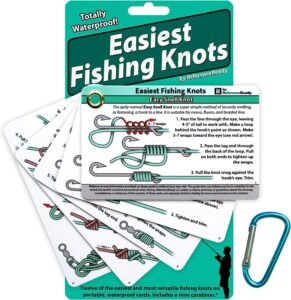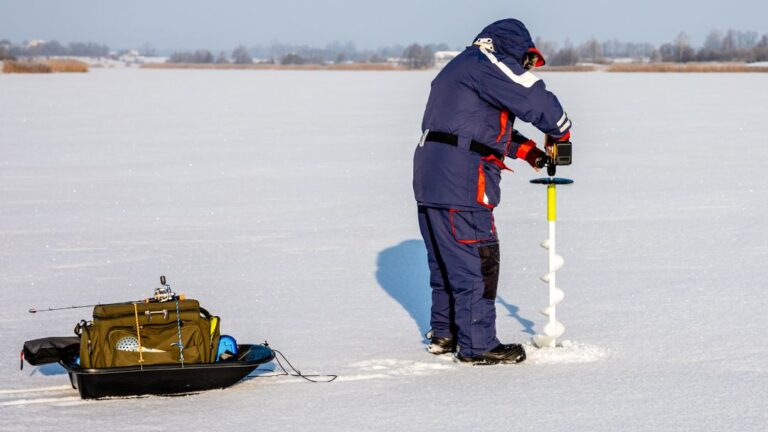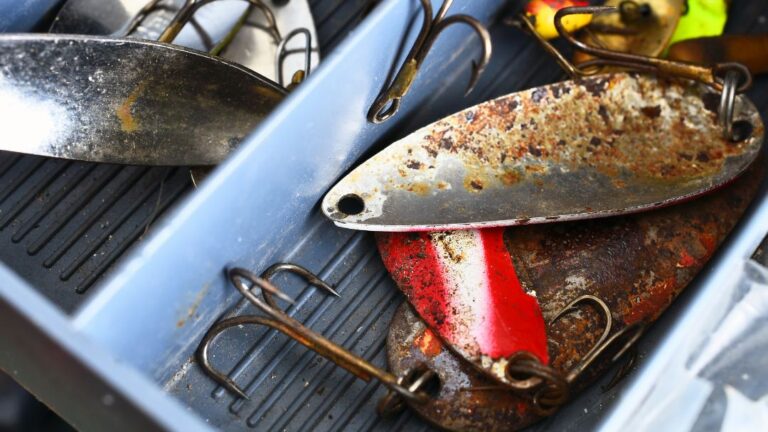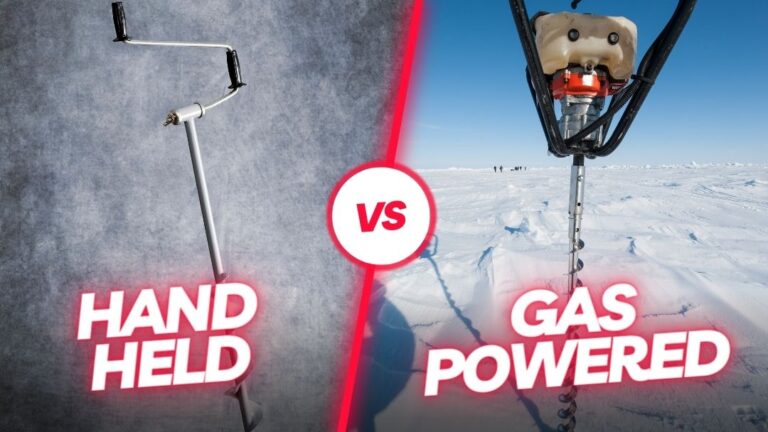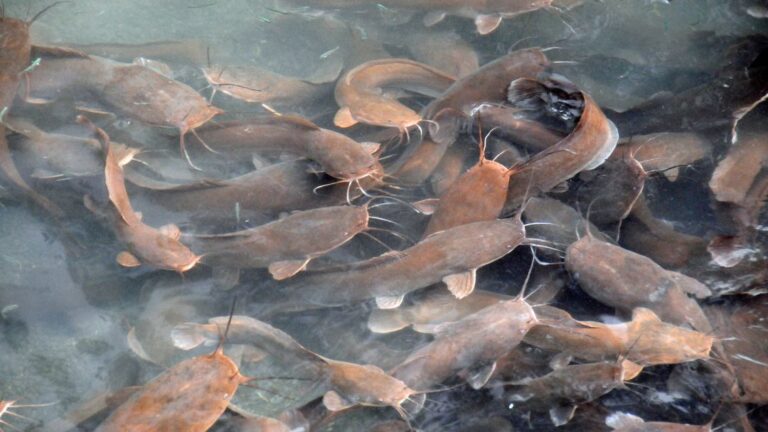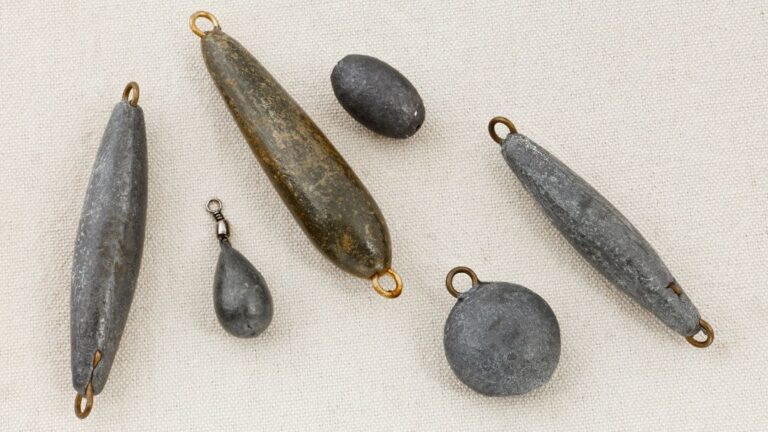How to line a fishing pole for dummies or beginners
There is always a first time for everything. If you absolutely have no idea how to line a fishing pole, you have arrived at the right place. I will help you to understand the basics of lining a fishing pole.
First of all, do not worry a tad about your inexperience. Every expert fisherman out there was once a beginner. You will learn as you go.
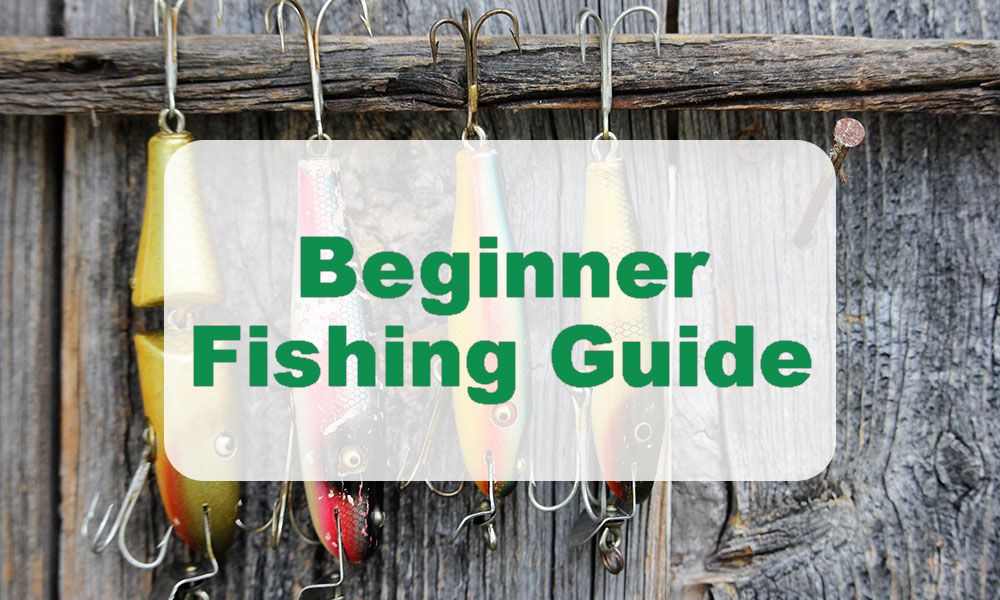
In this guide, we have made it extra-simple and super-easy for you, to help you set up your fishing rod so that you can start fishing from today!
Things you need:
a) Fishing Rod
b) Fishing Reel (the cylindrical device attached to most fishing rods)
c) Fishing Line (the hard-to-break string used for fishing and usually made of a polymer)
d) Fishing Hook (the sharp, J-shaped piece that does the catching)
Precaution: Be careful when handling a fishing hook. It is usually very sharp and may hurt you. Be doubly careful when you have children around. Just leave it inside the package until it is time to tie it to your line.
How to put a line on your fishing pole as a beginner
Now that you have decided to fish and have gathered all the equipment, it is easy to put them together.
Just follow the following steps closely. If you miss something, do not shed a sweat. You can always go a step or two back, and correct course.
Step 1: Assemble your fishing rod
A fishing rod is that long pole-like object. Depending on the design, it may be extendable like a telescope, or it may come in pieces of two, three, or smaller poles.
- If the rod is extendible, simply stretch it out.
- If the rod has arrived in pieces, put it together: Pick the base, which you will know by the grip. Then take the piece that attaches to it, and insert and twist it in. Then, insert the next piece, and so on.
- The rings (aka guides) on your rod must all be perfectly lined-up with each other.
- You can align the guides by taking aim at a distant object and looking through the guides with one eye closed. Make adjustments as you are aiming.
Step 2: Fix your reel to the rod
- Take the reel out of the package and observe it, especially its foot, or the part that is going to attach to the rod.
- Next, have a good look at the reel seat at the base of your rod. Observe the locking system.
- Your reel seat may be up-locking, down-locking, or cork-and-reel. Do not fret. All these are very easy locking mechanisms. All you need is to figure out how your reel will lock onto your fishing rod. Affix!
- When attached, your reel should be facing the tip of the rod.
Step 3: Attach the line to your reel
- Take the loose end of the line from the spool and drag it through all the guides or rings on your rod. Start at the first guide nearest to the rod tip onto the next, and then the next, until you pass it through the last guide nearest to your reel.
- Your reel may be the most popular type, an open-face, spinning reel with a bail (D-shaped metallic structure on the reel) around it. Flip the bail into the open position.
Note: If your reel is the closed face type with a front cone covering it, you need to remove the cone with a push-button or by unscrewing it, and pass the line through the guide or hole in the cone onto your reel.
- Attach the line by tying it to the surface of the reel, the spinning part.
- You can tie the line to the reel by using any knot as long as it holds. OR, you may use the arbor knot.
- To use the arbor knot, first, tie an overhand knot at the loose end of the line and tighten it. Then, wrap the line around your reel and tie the two more overhand slip knots. Pull both ends of the line to let all three knots sit securely in place on the surface of the reel.
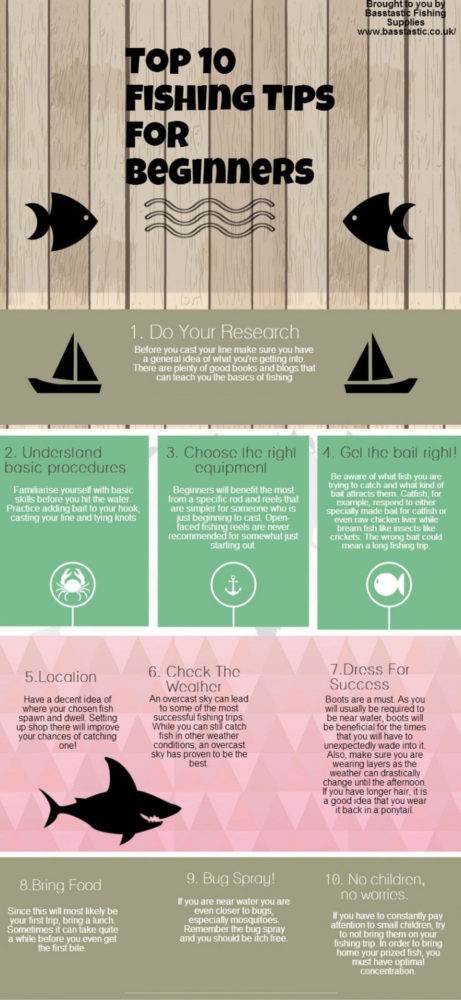
Step 4: Check if the line is coming off in the right direction
- Observe the direction your reel is turning, for example, counterclockwise.
- Next, put the spool on a surface and observe it. If the line is coming off counterclockwise, you are fine. If not, flip the spool over so it comes off in the direction of the spin of your reel.
- This step helps you avoid line twists.
Step 5: Roll the line onto your reel
- Start turning the handle on the reel, slowly at first.
- You need to turn the handle 20 to 30 times for enough line on your reel.
- Do not fill the reel to its full capacity. Keep 1/8th of an inch of space on the lips of your reel. If you fill it too much, the line might come off the reel.
- Cut the line at a point beyond the tip of the rod. Leave 2 to 3 feet of extra line dangling from the tip.
Note: If your reel has the front cone, put it back on while making sure it does not catch the line.
Step 6: Attach your hook to the line
- Attach the hook to the open end of your line beyond the rod tip.
- You may use a clinch knot to tie the hook. Pass the line through the eye of the hook, next, twist the hook around 4 or 5 times while holding both ends of the line, to twist them around each other. Take the open end of the line and insert it through the small space between the twist and your hook. Pull it through to tighten the knot.
- Cut additional tags at the open end of the line leaving 1/8th of an inch of the extra tag.
- With your rod, reel, line, and hook all set, you are now good to go fishing!
Additional tips: As a beginner, you do not have to worry about fishing terminology. “Casting” is throwing the line into the water to catch fish. “Retrieving” is reeling the line back in. “Playing the fish” is the struggle between you and a fish caught on your hook. You will often hear a bunch of other more exotic terms, and you will figure them out as you gain experience.
In addition to terminology, you will often hear about exotic fishing tools, all sorts of baits and lures, jigs, swivels, leaders, as well as of how these are put together, Texas rig, Carolina rig, drop-shots, do not worry a bit. Just go out and do your thing. With experience, comes all the knowledge about the tools and the expertise to use them.
Lastly, you will also hear all sorts of theories about fishing strategies on the rivers, around the lakes, and on the sea. You will also often hear of fish types and their behavior. Again, do not fret. Just go and do your thing. Only practice makes an expert angler!
You can also read details about beginners fishing

